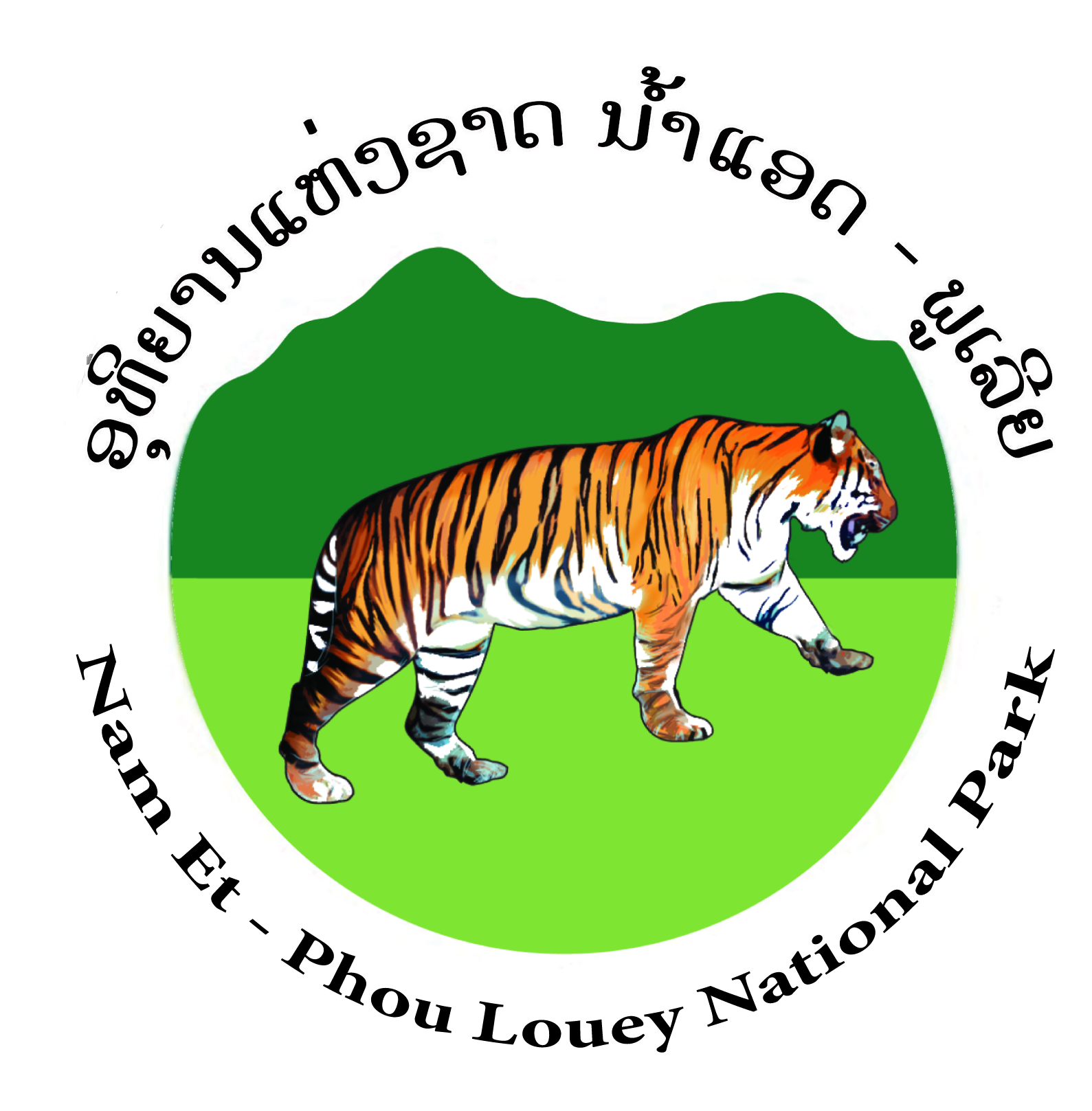Do you know what a dhole is?
Did you know that this predator has disappeared from more of its traditional range and faster than the tiger and that it is thus considered by many to be more endangered? The Nam Et-Phou Louey National Park is blessed to still be host to a robust population of this rare canid and it is one of the most crucial locations for the species’ survival in mainland Southeast Asia.
The dhole (Cuon alpinus) is a member of the family canidae like wolves, domestic dogs, coyotes, and jackals. Though small in size (10-20kg) dholes hunt in large packs (often over 10 individuals) making them a competitor of the much larger tiger across its range in India and east Asia. They are one of only three hypercarnivours in the canidae family, meaning that their diet consists entirely of flesh. They have enhanced slicing teeth and reduced number of molars unlike most canids which have dental adaptations for omnivorous diets. This hypercarnivory is associated with their large pack sizes which makes for more efficient hunting of many large prey. This need for many large herbivores and thus very large ranges to feed such large packs is part of the reason the dhole has been so decimated by the habitat loss of the last half century; this in addition to persecution by humans for perceived dangers to livestock. As Nam-Et Phou Louey still contains relatively large tracks of forest and relatively high density of wild ungulates (such as pigs, muntjaks, serow, guar, and deer) the protected area serves as an island of relative safety for the dhole in a land otherwise barren of suitable habitat.

A Tiger Hunted By Wild Dogs (1807) by Samuel Howitt
In Nam Et-Phou Louey dholes have been demonstrated as having a strong preference for muntjacs (Muntiacus spp.) and sambar deer (Rusa unicolor), avoiding the much more abundant wild pig (Sus scrofa). This is perhaps due to the dangers posed by wild pigs’ own social pack behavior. They also have been observed to have a negative preference for serow (Capricornis milneedwardsii), possibly due to the serow’s almost exclusive occurrence in rugged upland areas while the dhole prefers the flatter lowland forests. The protection of muntjacs and sambar deer from human market hunting and illegal hunting in the Nam Et-Phou Louey Totally Protected Zone is thus essential for the dhole’s survival in Nam Et-Phou Louey and in Laos itself.

Sambar deer are a close second to muntjacs in dhole preference in Nam Et-Phou Louey

Muntjacs have been found to be the most sought after prey of dholes in Nam Et-Phou Louey
Dholes in Nam Et-Phou Louey appear to hunt in smaller packs than in other areas of their range such as many remaining populations in India. This could be due to smaller packs being necessary for ease of movement and ambush in the dense vegetation of Nam Et-Phou Louey as opposed to the more open environments of India. Maybe this smaller pack size is partially responsible for a greater ease of survival of dholes in Nam Et-Phou Louey, pure speculation.
The area east of Phou Louey mountain with its lush forests, less extreme topography, many salt licks, and high preference by muntjacs and sambar deer is thus a haven for dholes. This abundance along with the dhole’s diurnal (day time) behavior means that is one of the more likely large predators to be seen by visitors on any of the new eco-tourism trekking options offered by the protected area and the local communities; much more likely than seeing any of the very clandestine, very nocturnal cat species of Nam Et-Phou Louey. More, they are not an uncommon capture on the camera traps set up along these trekking routes as the photos here attest to (all taken within the same week in two different distant camera trap locations).
The new trekking tour options vary from 2 to 5 days inside the Protected Area and all tours include camera trap verification. Follow the link to read the trekking tour itineraries: https://www.namet.org/wp/wildlife-trekking-north-laos/
For more about the 2012 dhole study conducted in Nam Et- Phou Louey, its methods and its results, please see the attached article from The Journal of Mammalogy, June 2012 (https://academic.oup.com/jmammal/article/93/3/627/834260/The-diet-prey-selection-and-activity-of-dholes)












You must be logged in to post a comment.